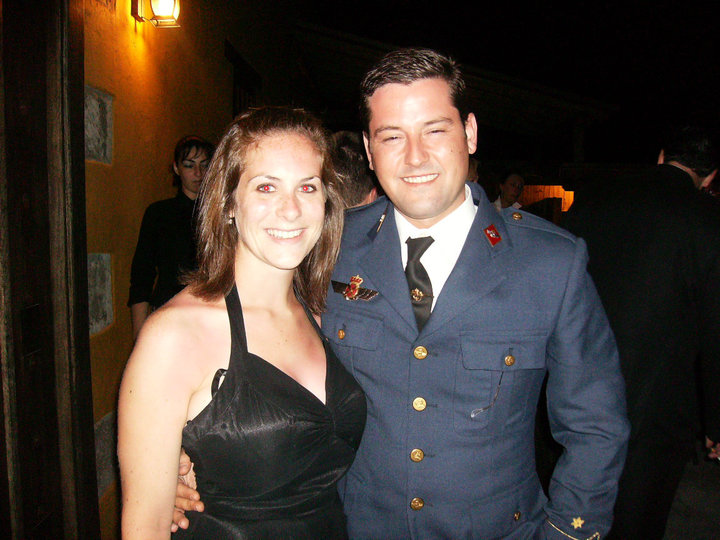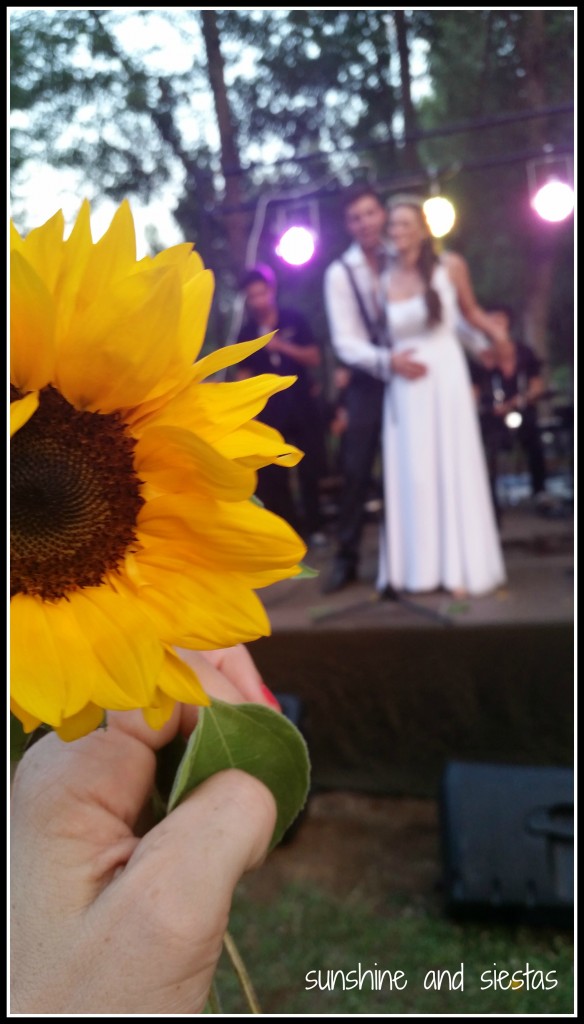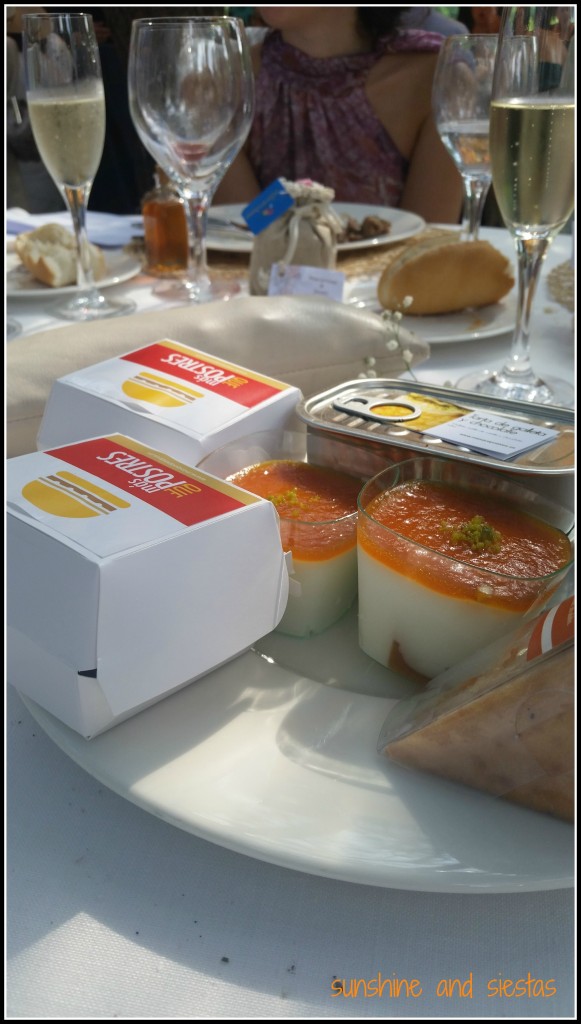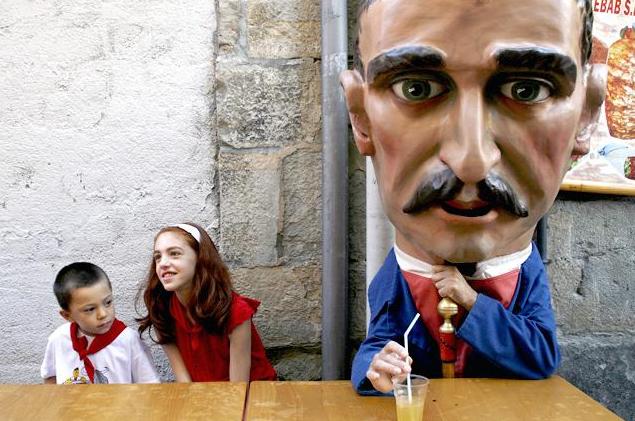I went to my first wedding when I was 20. I had never been asked to be a flower girl, and my older cousins didn’t get married until I was already living in Spain. I drove with a friend out to Waterloo, Iowa, for a study abroad friend’s nuptials. The following year, I was a bridesmaid in a high school friend’s ceremony. I was as wedding tonta as they come.
The Novio invited me to a friend’s wedding on Gran Canaria (!!!!) after we’d been dating for about six months. We took a long weekend and explored the island by car, but I was underdressed, had the wrong length dress on, and mistakenly didn’t eat lunch before we left.
Since then, I’ve tallied more enlaces in Spain than weddings in the US – three of fellow americanas who married Spaniards – and I’ve even photographed one! Just last weekend, I attended a bodorrio in the Novio’s village of San Nicolás del Puerto. He wasn’t there, but I went anyway because, who doesn’t love a good wedding?
Yeah, so the thing about Spanish weddings is…
Location
Weddings are typically held in the bride’s hometown. The Novio knows the father of the bride is the one who pays, so he’s promised we can do one back home, too. In fact, I’ve only been to three weddings in Seville proper!
Invitations
It’s considered bad taste to send the invitations to your friends and family; instead, the happy couple are expected to hand out the envelopes to guests! There have been several weddings where I’ve not gotten the actual invitation until just days or weeks before the nuptials, and most are sent six weeks before (thanks for sharing this, Lynette!).
Attire
Ladies: if it’s a daytime wedding, stick to a short dress. If it’s at night, go long. Do not mess this up, or have the marujas in attendance forever tsk-ing you. If you’re really pija and daring, you can wear a nice pants suit.
El tocado
Those crazy fascinators are ONLY appropriate for day weddings. I know, just when you want to be bold and Spanish and wear one, you find out that you can’t because the ceremony is at 6pm. Sorry.
The wedding party
It’s not common to have bridesmaids and groomsmen; rather, Spanish weddings have a madrina and a padrino who sign the paperwork that legally makes you man and wife. When the Novio’s brother got married in a civil ceremony, I was his wife’s madrina, which also meant I got to fix her hair right before I took photos of them.
Gifts
There are virtually no gift registries – you hand the happy couple an envelope stuffed with money to start their nest egg (or pay back the lavish meal you just ate).
I was horrified when the Novio slammed 300€ into his friend’s palm at our first wedding together, but money is a lot easier to carry than an olla exprés, I suppose. Brides and grooms sometimes include their bank account number in the invitation, as well, so that you can transfer money in before the ceremony.
Food and Drink
They never seem to stop serving food or drink. Ever.
In Spain, there is usually a coctel where someone will inevitably be cutting a leg of jamón, and you’ll have beer, wine, sherry and soft drinks served, along with finger foods. Once you sit down, there will be more jamón and boiled shrimp before you get two dishes, a dessert and coffee before the champagne toast.
The bride and groom typically come around to your table at this time to give you a small gift, and this is where you hand them the envelope. Every time someone shouts, ‘Vivan los novios!’ you must shout viva.
Then it’s dance and copas time! Most weddings have a DJ or band and they always, ALWAYS play the same songs. I fooled someone into thinking I was Spanish last weekend because I knew every single song they played.
All the normal stuff we do back home?
The bride and groom have their first dance, you throw rice and the bride throws her bouquet, and someone’s drunk uncle hits on you. Like many Spanish celebrations, weddings are over-the-top and full of fun moments (usually brought on by a cocktail or two). And there is always a sevillana or two!
At Jesus and Macarena’s wedding last weekend, the father of the groom asked me how I was enjoying myself. I told him it was the exact wedding I’d envisioned for myself – right down to where the banquet was held (the father of the groom’s restaurant!).
Have you ever attended a Spanish wedding (or had one yourself)? Tell me about it…I am hopeful I’ll get my two parties someday and need some ideas!












